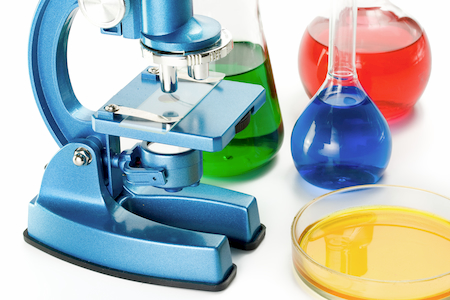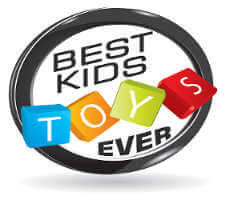Microscope for kids: the perfect gift for a school age kid

Children have a naturally inquisitive nature and a genuine desire to learn and understand the world around them. An excellent way to inspire and encourage a child’s interest in learning is with a microscope for kids. It’s never too early to get your kids interested in science and microscopes for kids is a great way for them to explore and learn about science. Kids will be amazed at the intricate detail of a bumblebee or spider that can never be seen except through the lens of a microscope. Once they get started looking at common items like bugs or plants they will have so much fun finding all kinds of things to examine with their microscope. Any child, whether a budding scientist with challenging questions or just a kid with a natural curiosity, will enjoy learning about science in a fun way with hands on experience.
It’s best to do a little research before purchasing a microscope for a kid. Depending upon the age of the child and what you perceive their interest level to be you can purchase a relatively inexpensive starter microscope that will give them a great hands-on learning experience. For an older child and one who may have a passion for science you may want to spend more for a high tech, high-powered microscope. There are many differences or variations in different types of microscopes. Two of the major differences are the number of eyepieces they have as well as how an image is magnified.
(#As an Amazon Associate I earn from qualifying purchases)
My First Lab Duo-Scope Microscope – MFL-06
Award Winning Microscope for STEM education. A great choice. It comes with 50 accessories, has real glass optics and is quite affordable and sturdy.
Eyepieces or Head Type:
Monocular microscopes, which are the most common types of microscopes for kids, have one eyepiece to view small specimens using just one eye (although you always keep both eyes open when looking into a monocular microscope). Binocular microscopes and stereo scopes are designed with two eyepieces to view an image using both eyes. Some monocular microscopes are dual-headed and have two separate eyepieces for two different people to view an image at the same time, each person using one eye to look into the eyepiece. These types of scopes are great for an involved parent or a friend. It can also be used as a teaching microscope. Trinocular microscopes are actually the same as binocular microscopes but they have a third eyepiece for another person to simultaneously view an image or a digital camera can be affixed to the head to capture or record what is being viewed. Eyepieces are typically 10X or 15X power.
Single or Compound Lenses
Microscopes can also have single or compound lenses. A simple microscope has a single lens used for magnification which is very similar to a magnifying glass. Compound microscopes use multiple lenses for increased magnification. It basically has two sets of lenses, one in the eyepiece lens (called the ocular lens) where you look into the scope and the other is the lens closest to the specimen being viewed (known as the objective lens). These are, of course, more expensive microscopes but offer greater magnification and are highly efficient for improved viewing. This type of high powered microscope can be used to view transparent type specimens that cannot be seen by the naked eye.
Things to Look For When Purchasing a Microscope for Kids:
1. Quality is essential when looking for a microscope that will give a child a memorable learning experience. The quality of the optics should be a major consideration. Nothing could be more frustrating and cause a kids to quickly lose interest if they are viewing blurry images through their microscope versus seeing a crystal clear, magnified image.
2. Durable equipment and lots of accessories will allow a child to really get creative and put their imaginations to work. Kids will enjoy having lots of accessories with their microscope like vials, test tubes, slides, tweezers, petri dishes, etc. to collect lots of different types of specimens to examine.
3. Excellent learning and instructional materials that are engaging and will give kids interesting tips about specimens to collect should be included with the microscope to help provide a really positive experience with their microscope. Boring or difficult to understand materials could provide frustration and loss of interest.
4. Ease of use should also be something to consider. A cordless model is a big selling point as it can easily be moved to different locations opening the door to exploration and discovery. You will want a microscope that is relatively easy to use but also has enough bells and whistles to keep the child engaged and entertained.
A microscope makes a great gift for a child and one that could make an impact for years to come. Kids love microscopes as it is a great tool to explore and learn about lots of different things in a fun way. And who knows, they may become a great scientist someday discovering a much needed cure that will change lives. So if you are looking for the perfect birthday or Christmas gift for a school age child, a microscope may be just what they need.
Looking for more science related gift ideas for kids? Check some of my reviews here
Intro photo credit: Free photo 5178720 © Dmitriy Melnikov – Dreamstime.com

